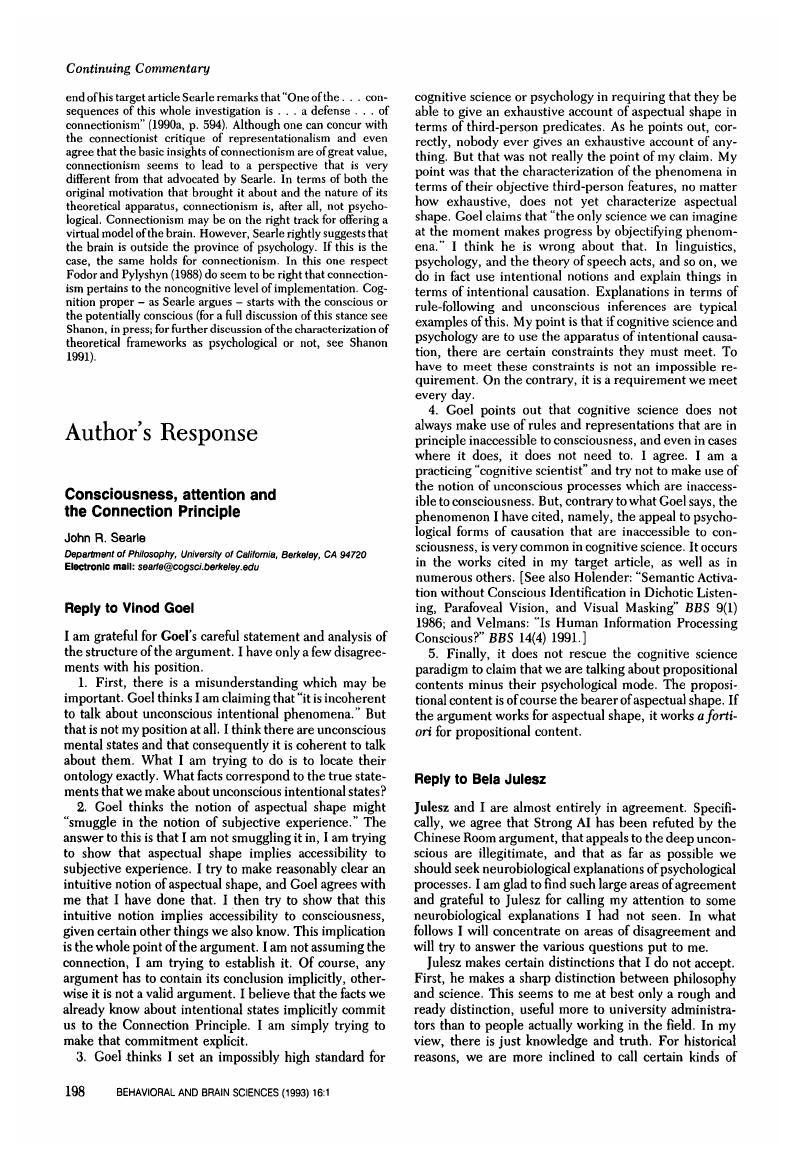Crossref Citations
This article has been cited by the following publications. This list is generated based on data provided by Crossref.
Schröder, Jürgen
1995.
Token-identity, consciousness, and the connection principle.
Behavioral and Brain Sciences,
Vol. 18,
Issue. 3,
p.
615.
Kurthen, Martin
and
Linke, Detlef B.
1995.
The ontology of aspectual shape.
Behavioral and Brain Sciences,
Vol. 18,
Issue. 3,
p.
612.
Nelkin, Norton
1995.
Searle's argument that intentional states are conscious states.
Behavioral and Brain Sciences,
Vol. 18,
Issue. 3,
p.
614.
Applbaum, Arthur Isak
1998.
Are Lawyers Liars?:The Argument of Redescription.
Legal Theory,
Vol. 4,
Issue. 1,
p.
63.
Nightingale, Paul
1998.
A cognitive model of innovation.
Research Policy,
Vol. 27,
Issue. 7,
p.
689.



